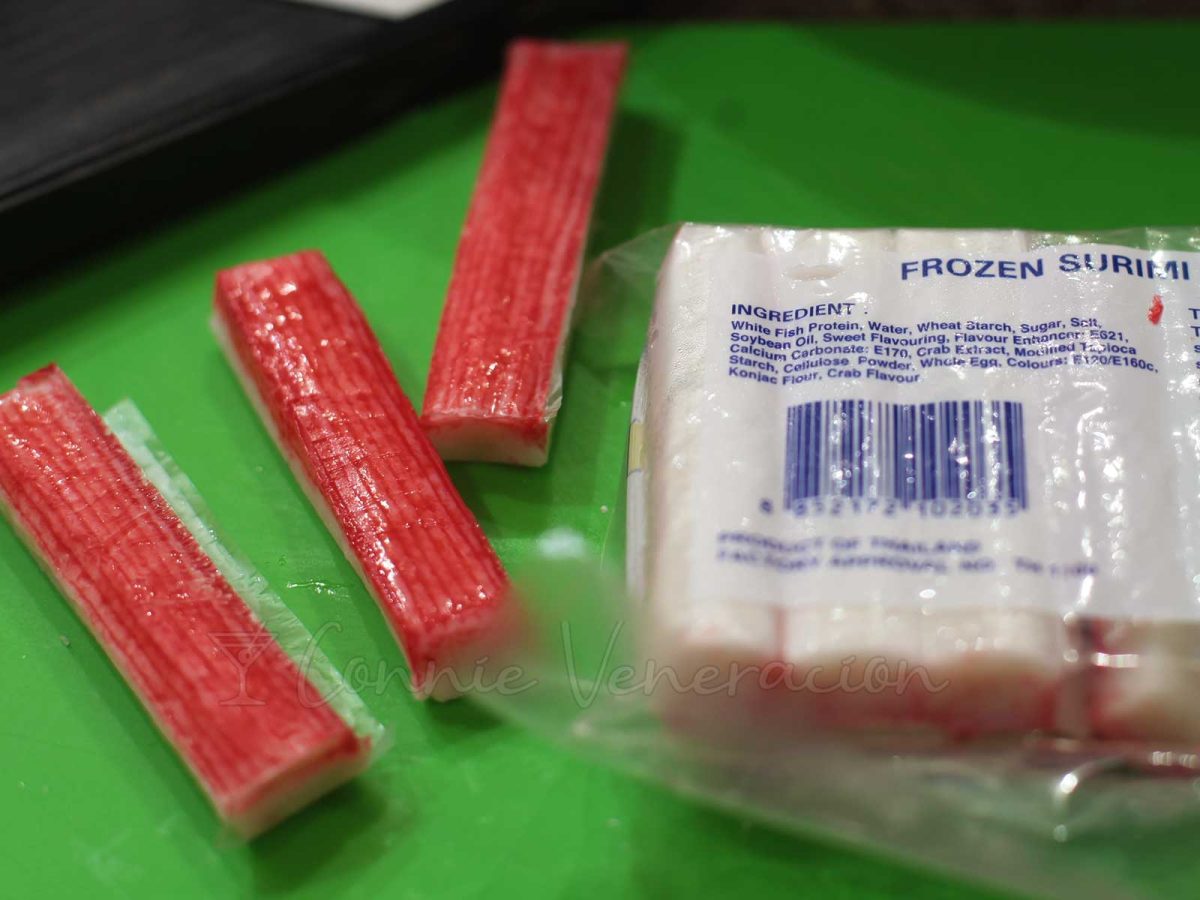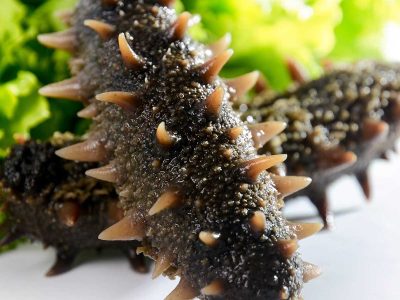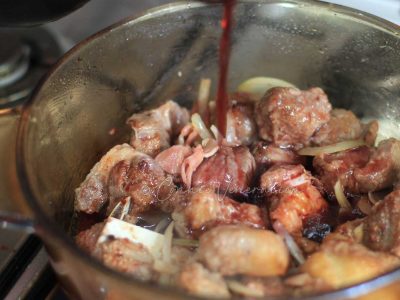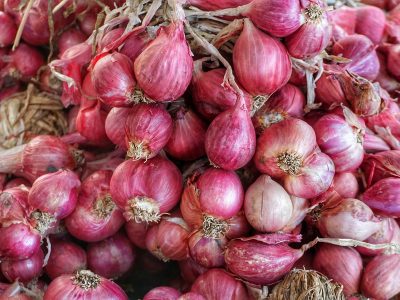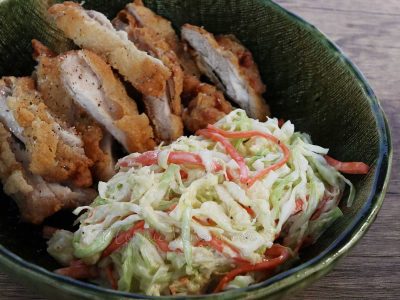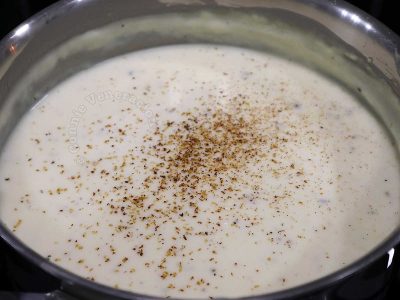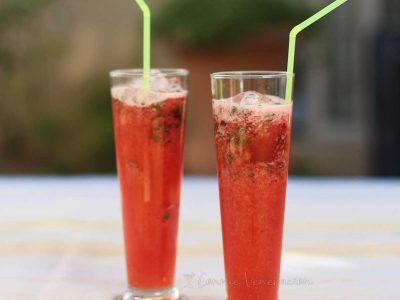It’s calledkanikamain Japan where everyone knows it’s made withsurimi, a paste made with the ground flesh of white fish. Curedsurimiiskamaboko. You have probably made the acquaintance ofkamabokoin the form ofnarutoin a bowl of ramen. It’s those white slices with a pink swirl at the center arranged on top of the noodles.
Who invented kani?
Whilekamabokomaking is several hundred years old,kaniis a rather recent addition to the roster of products made with ground fish.
Kanikama was invented by Katsuichi Osaki, the son of the founder of Osaki Suisan, a company in Hiroshima City. The idea was hatched after Katsuichi noticed, relative to the production of another seafood item, that leftover fish meat soaked in crab juice tasted like real crab. The idea of adding red food color came afterwards while fine-tuning the new product.
Today, we know it askani, short forkanikamawhich, in turn, is short forfumi kamaboko–kani fumi(meaning flavoured fish stick – crab flavour). Thefish meat consists less than 50% of the crab sticks. Starch, egg whites, water extracts from various seafoods, seasonings and stabilizers make up the remainder. The red color comes from insects which is mixed with paprika.
Why iskanikamacalled crab stick in the English-speaking world?
Bad translation, for starters. Kanikama translates to “crab stick” but that’s just a nickname that doesn’t encapsulate the essence of the product when referred to by its full name.
But, mainly, it’s shady marketing which appears to be tied directly to the rise in fame of the California roll. In the 1960s, the California roll was already around in Southern California. Back then, the nori was on the exterior but Americans kept removing it so someone decided to put the sheet of seaweed inside. One of the ingredients of the early form of the California roll was king crab leg. Pricey!
Enterkanikama. Cheaper but tastes like crab. But how to market it without scaring diners? “Crab stick” seemed fine. By the 1980s, California roll was popular across the United States. As one author observes, if a product is popular and a cheaper alternative is available, thecheaper alternative will be marketed as genuine, or the equivalent of the real thing even when, in truth, it is counterfeit.
Of course, the FDA intervened and required that kanikama be labeled as “imitation crab”. But in 2006, after years of lobbying by the seafood industry, the word “imitation” was dropped and “crab-flavored seafood, made with surimi, a fully cooked fish protein” became a legally acceptable description.
Meanwhile, as late as 2014 in the United Kingdom, a restaurant chain was still trying to pass off kanikama as 100% crab.

